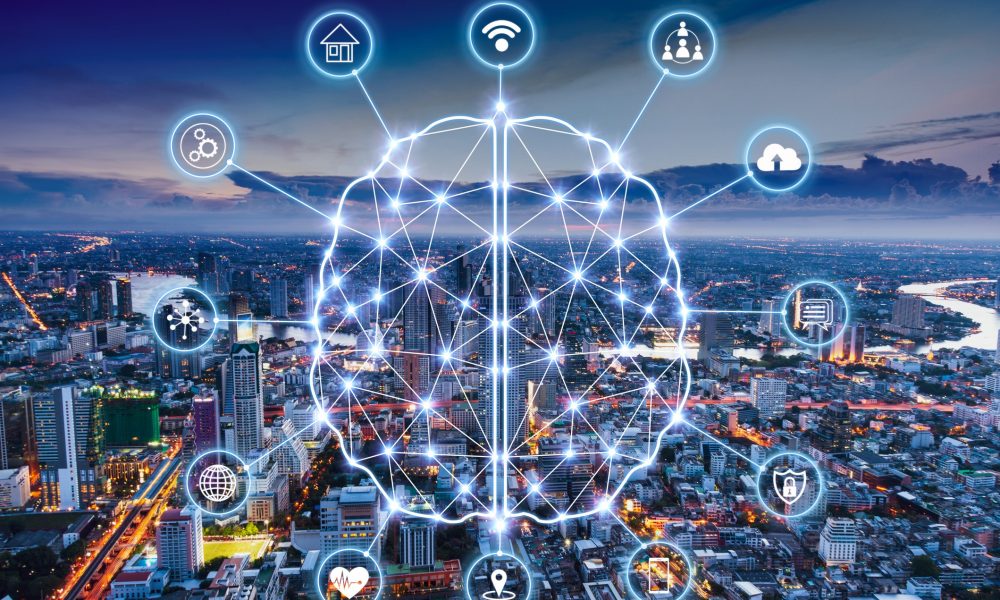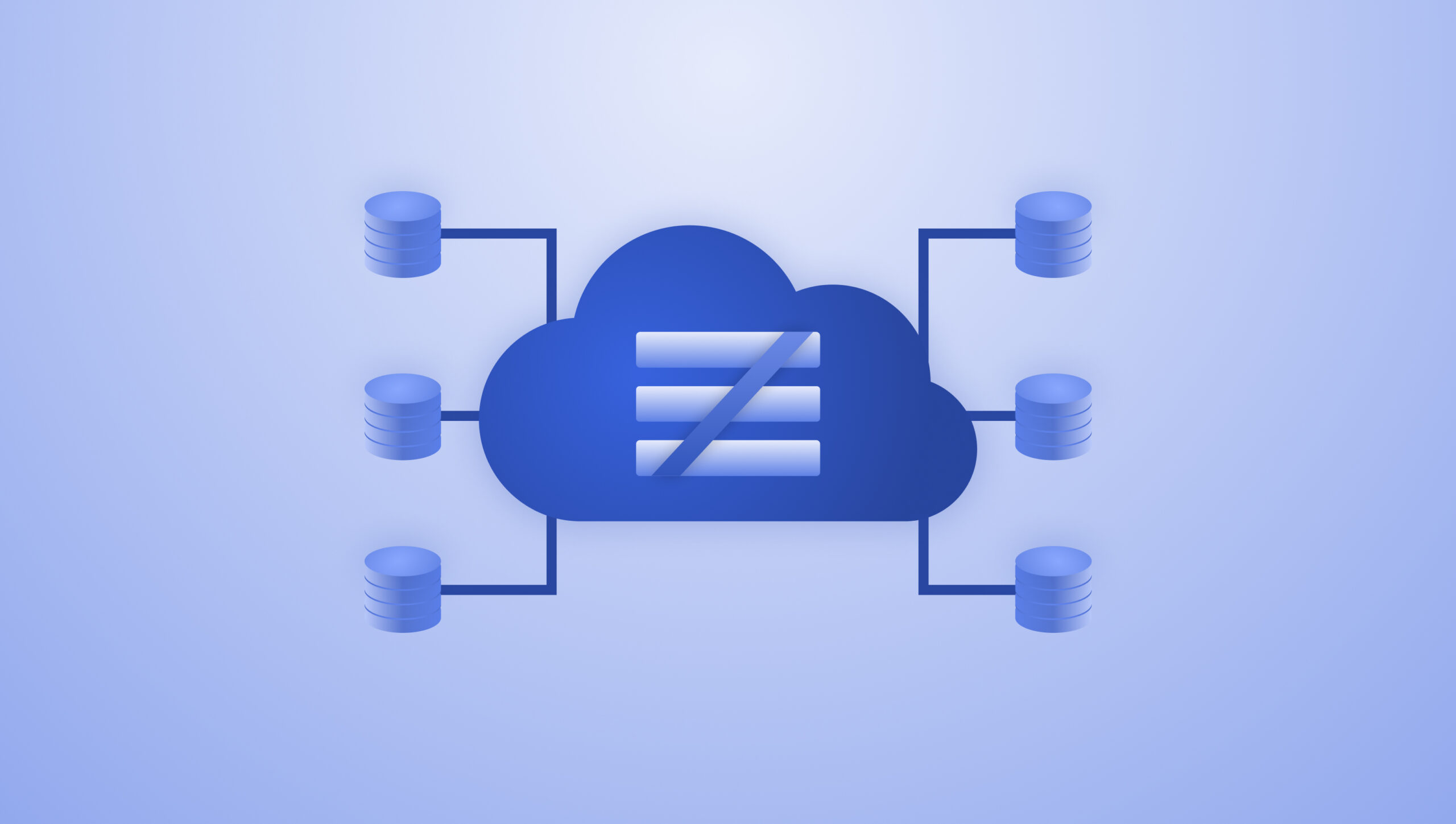The Internet of Things (IoT) has become a game-changer for the retail industry, empowering
retailers to transform their operations and deliver enhanced customer experiences. By leveraging IoT solutions and platforms, retailers can unlock valuable insights, optimize processes, and create a seamless and connected shopping environment. In this blog, we will explore the strategies that retailers can adopt to succeed in a connected world with IoT. We will discuss the benefits of IoT solutions in retail, key strategies for implementation, and address common FAQs.
Benefits of IoT Solutions in Retail
IoT solutions offer a myriad of benefits for retailers, revolutionizing the way they engage with customers and manage their operations. Some of the key advantages include:
Enhanced Customer Experiences:
IoT enables retailers to create personalized and immersive experiences for customers. By using IoT devices and solutions, retailers can gather real-time data on customer preferences, behaviors, and locations. This data allows retailers to deliver tailored recommendations, offers, and promotions, fostering deeper customer engagement and loyalty.
Streamlined Inventory Management:
IoT solutions provide retailers with real-time visibility into inventory levels, allowing for efficient inventory management. By using IoT-enabled sensors and RFID tags, retailers can accurately track inventory, automate stock replenishment, and optimize inventory turnover. This ensures that products are always available when customers need them, reducing out-of-stock situations and improving customer satisfaction.
Operational Efficiency:
IoT solutions help retailers streamline their operations and improve overall efficiency. Through the use of IoT devices and platforms, retailers can monitor and control various aspects of their business, such as energy usage, store conditions, and equipment performance. This data-driven approach enables retailers to identify inefficiencies, reduce costs, and enhance operational productivity.
Data-Driven Decision-Making:
IoT generates a vast amount of data, providing retailers with valuable insights into customer behavior and market trends. By leveraging IoT data analytics, retailers can make data-driven decisions regarding product assortment, pricing strategies, and targeted marketing campaigns. This enables retailers to stay ahead of market trends, increase sales, and maximize profitability.
Strategies for Retailers to Succeed with IoT Solutions
To capitalize on the potential of IoT in the retail industry, retailers can implement the following strategies:
Seamless Customer Experience:
Embrace IoT solutions to create a seamless and personalized shopping experience for customers. Utilize IoT devices such as beacons, smart shelves, and interactive displays to provide personalized product recommendations, location-based promotions, and seamless checkout experiences. Integrate the IoT platform with customer relationship management (CRM) systems to gather and analyze customer data, enabling retailers to provide targeted and customized offerings.
Optimize Supply Chain Management:
Leverage IoT solutions to optimize supply chain operations and improve efficiency. Utilize IoT sensors to track and monitor the movement of goods throughout the supply chain, enabling real-time visibility and ensuring timely deliveries. Implement IoT-enabled inventory management systems to automate stock replenishment, reduce manual errors, and optimize inventory levels.
- Enhance Store Operations: Improve store operations by implementing IoT solutions that enhance efficiency and productivity. Use IoT-enabled devices to monitor and control lighting, temperature, and energy usage in stores, optimizing energy consumption and reducing costs. Deploy IoT-based surveillance systems to enhance store security and prevent theft. Additionally, utilize IoT data analytics to optimize store layouts, product placements, and staffing levels based on customer footfall and buying patterns.
- Leverage Customer Analytics: Harness the power of IoT data analytics to gain actionable insights into customer preferences and behavior. Analyze data from IoT devices, social media platforms, and customer interactions to understand customer needs, identify trends, and develop targeted marketing strategies. By utilizing customer analytics, retailers can deliver personalized marketing campaigns, offer relevant product recommendations, and provide exceptional customer service.
Challenges and Considerations
While IoT solutions present significant opportunities for retailers, there are challenges and considerations to be aware of:
- Data Security and Privacy: With the increasing connectivity of IoT devices, data security and privacy become critical concerns. Retailers must implement robust security measures to protect sensitive customer information and ensure compliance with data protection regulations. This includes secure data transmission, encryption, and access controls.
- Interoperability and Integration:
Integrating various IoT devices, platforms, and systems can be complex. Retailers need to ensure compatibility and interoperability between different IoT components to ensure seamless data exchange and system integration. Choosing an IoT platform that supports interoperability and provides easy integration options is essential.
- Scalability and Infrastructure: Implementing IoT solutions at scale requires careful planning and consideration of infrastructure requirements. Retailers must assess their current infrastructure capabilities and ensure they have the necessary network bandwidth, data storage, and processing power to accommodate the increased IoT data flow.
- Staff Training and Adoption: Introducing IoT solutions into retail operations requires proper training and education for employees. Retailers must invest in training programs to ensure that staff members understand how to utilize IoT devices and platforms effectively. This promotes smooth adoption and maximizes the benefits of IoT solutions.
Conclusion
The Internet of Things offers unprecedented opportunities for retailers to thrive in a connected world. By embracing IoT solutions and implementing the right strategies, retailers can enhance customer experiences, streamline operations, and make data-driven decisions.
Strategies such as seamless customer experiences, optimized supply chain management, enhanced store operations, and leveraging customer analytics empower retailers to stay ahead in a competitive market. While challenges exist, addressing data security, interoperability, scalability, and staff training considerations can help retailers successfully navigate the IoT landscape and achieve sustainable growth.
FAQs (Frequently Asked Questions)
Q: What are IoT solutions in the retail industry?
A: IoT solutions in the retail industry refer to the integration of IoT devices, sensors, and platforms to enable data collection, analysis, and automation. These solutions help retailers optimize operations, enhance customer experiences, and make data-driven decisions to drive business growth.
Q: How can IoT solutions benefit retailers?
A: IoT solutions offer several benefits to retailers, including enhanced customer experiences, streamlined inventory management, operational efficiency, and data-driven decision-making. These benefits lead to increased customer satisfaction, improved operational productivity, and enhanced profitability.
Q: How can retailers ensure data security in IoT implementations?
A: Retailers can ensure data security in IoT implementations by implementing robust security measures such as encryption, authentication protocols, and access controls. Regular security audits, employee training on data security practices, and compliance with data protection regulations are also essential.
Q: What are the key challenges in implementing IoT solutions in retail?
A: Key challenges in implementing IoT solutions in retail include data security and privacy concerns, interoperability and integration complexities, scalability of infrastructure, and staff training and adoption. Overcoming these challenges requires careful planning, investment in technology, and a proactive approach to address concerns.
Q: How can retailers leverage customer analytics through IoT solutions?
A: Retailers can leverage customer analytics through IoT solutions by collecting data from IoT devices, social media platforms, and customer interactions. By analyzing this data, retailers can gain insights into customer behavior, preferences, and buying patterns. This information can be used to create personalized marketing campaigns, optimize product offerings, and enhance customer satisfaction.





